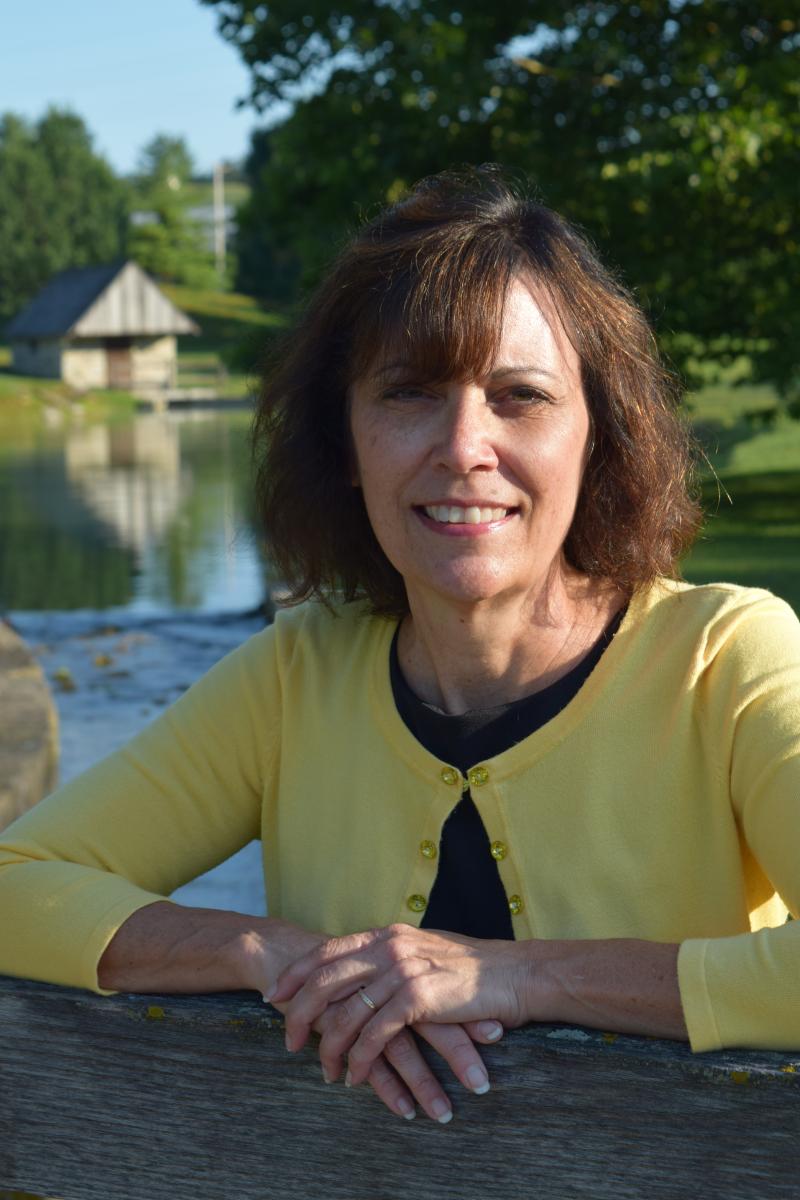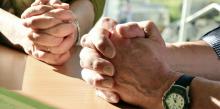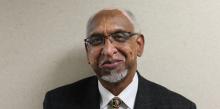 Story by Michele Joseph
Story by Michele Joseph
Sometimes it seems like you get answers to simple prayers [a parking space, things you need that are on sale]. Other times the things that mean the most to you seem to take the longest, only to find out later that He hasn’t been silent,” says Tamyra Horst, a departmental director for the Pennsylvania Conference whose many roles include Prayer Ministries. There were moments in Horst’s life when she was angry her prayers weren’t working for the people she loved, but she didn’t stop praying. “What else would I do?” she says.








 Roland Hill’s wife, Susie, was tired of hearing Hill complaining that there wasn’t a deep Christian book about success, so she encouraged the stewardship guru to write his own book.
Roland Hill’s wife, Susie, was tired of hearing Hill complaining that there wasn’t a deep Christian book about success, so she encouraged the stewardship guru to write his own book.